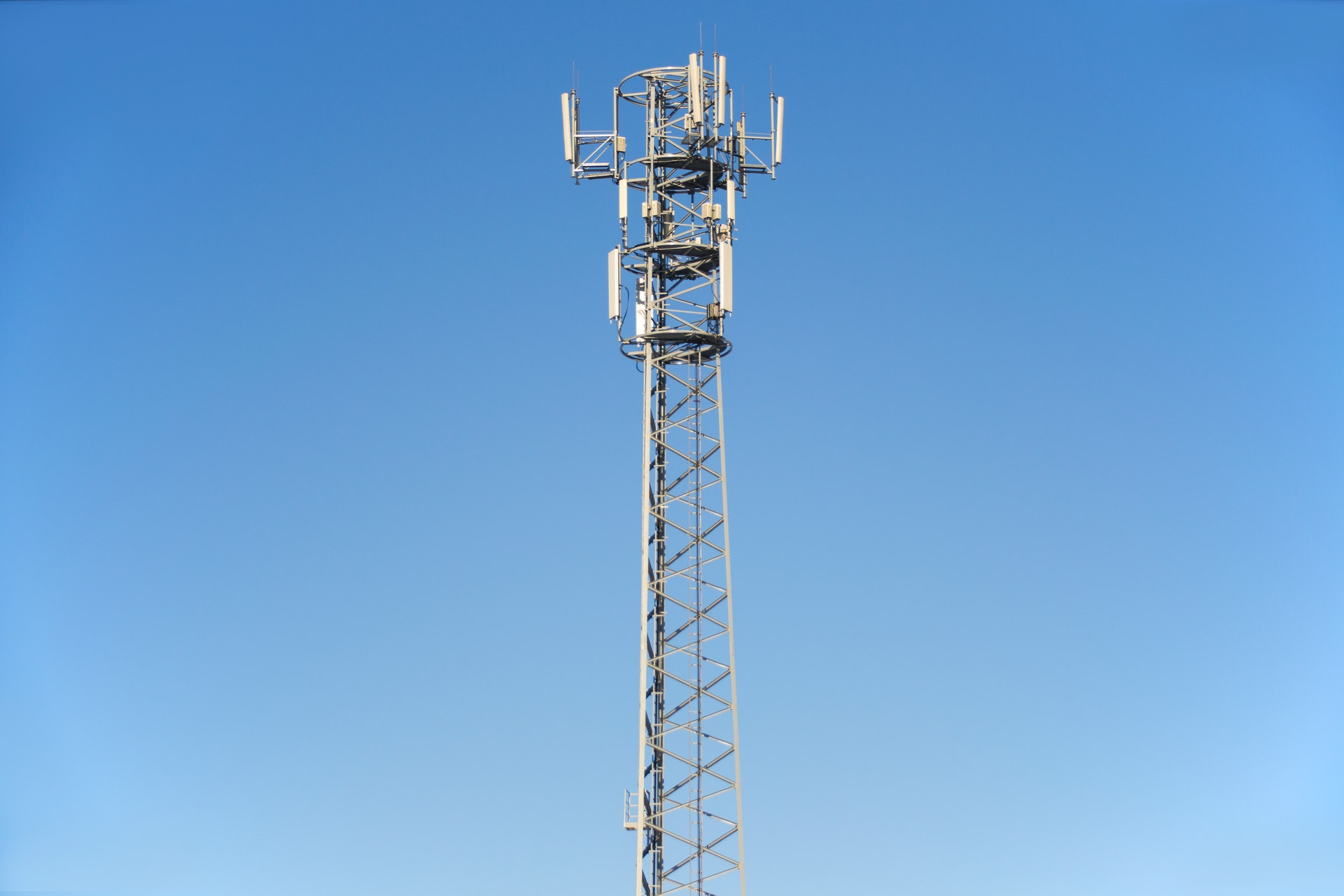PARSEC sectors: Energy
Application fields: Communications, Energy & Natural Resources, Industrial, Utlities
Keywords: 3/4G evolution, 5G networking, Big Data, communication infrastructure, Energy efficiency, fiber optics, low bandwidth wireless techs, Low-Power WAN technologies, Self-consumption
Energy management needs a communications infrastructure in order to connect infrastructure, with devices and people, in such a way that data gathering and services delivery is possible. The complexity of the technological and service ecosystem requires a holistic approach to networking and communications. For that, smart cities count on a range of technologies from low bandwidth wireless technologies such as Bluetooth LE and ZigBee, to fiber optics. Among those, there are some critical trends that will affect the near future of smart cities, being Low-Power WAN technologies, 3/4G evolution, and 5G networking.
Low-Power WAN technologies fit the technological niche between personal/local area networks such as Bluetooth LE, ZigBee, and WiFi, licensed cellular networking such as existing 3/4G and the evolution to 5G. Despite they can be considered a stopgap before the deployment of 5G, they are a subject of interest being subject to multiple trials.
Regarding 3/4G evolution, 5G standards are not expected to be fully deployed until 2020, so in the meantime, the initiative is focused on evolving the existing cellular technologies, looking for better energy efficiencies, cost reductions, better penetration/density in all critical for IoT situations.
5G networking is the next-generation networking, aiming to address the needs of smart cities with higher bandwidth, delivery and performance guarantees, adaptability, energy efficiency, and real-time capabilities. In the long term, 6G is also expected to be commercially launched, in 2030. 6G is being developed in response to the increasingly distributed radio access network (RAN) and the desire to take advantage of the terahertz (THz) spectrum to increase capacity and lower latency.
Additionally, two critical technology trends refer to the combination of multiple evolving technologies, i.e. software-defined networking (SDN) and network function virtualization (NFV).
EO Relevance
EO benefits tremendously from improved network capabilities, especially due to the massive amounts of data generally involved. Network speed is the main bottleneck in many EO analytics cases, especially in large federations. For example, transferring 600TB of climate data from DWD (German Meteorological Service) to the supercomputer at FZ Jülich in the DeepRain project has taken months to complete in 2019.
Main stakeholders doing R&D: Cellnex Telecom, Hitachi Ltd, Sterlite Tech
Main stakeholders in the market: Eléctricas Hermanos Campos S.L., Electronics Trafic S.A., WITRAC, GMV, Nethits Telecom Group

Leave A Comment
You must be logged in to post a comment.